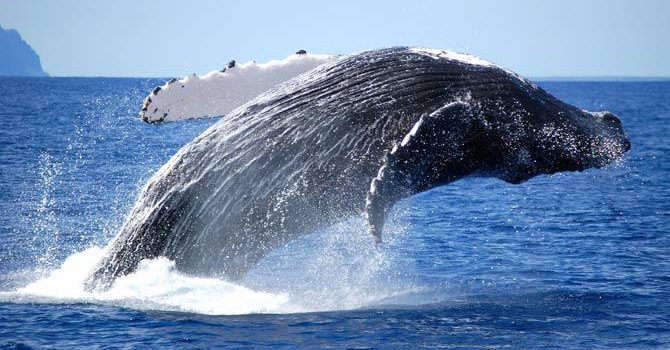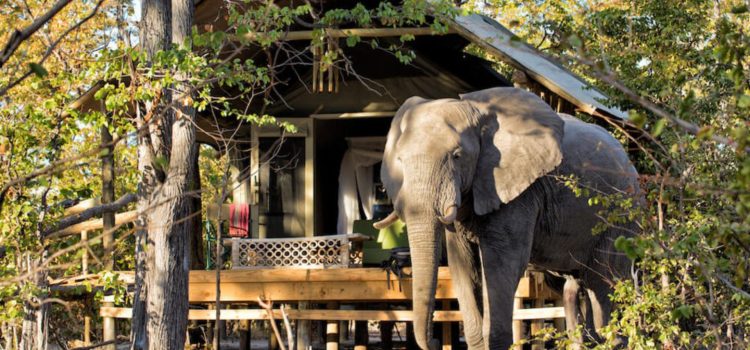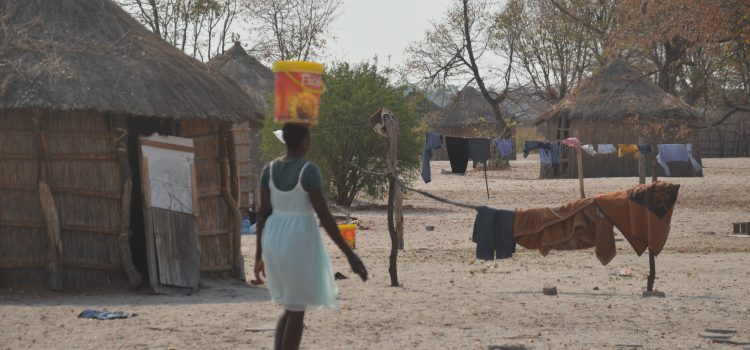Sitting at my desk researching ‘the rhino story’ I couldn’t check the tears blurring my vision.
No matter how many times I’m confronted by the stories, no matter how often I’m greeted by the headlines, no matter the frequent exposure to the gruesome images and the horrendous brutality, the truth never ceases to thoroughly rattle me.
The tales are horrifying, the stats equally devastating.
In 2011, 448 rhinos were slaughtered, in 2012, 668 rhinos met a gruesome demise, in 2013, 1004 animals were killed, in 2014, 1215, and as at the end of April 2015, 393 rhinos had already lost their lives to ruthless killers. These figures for South Africa alone.
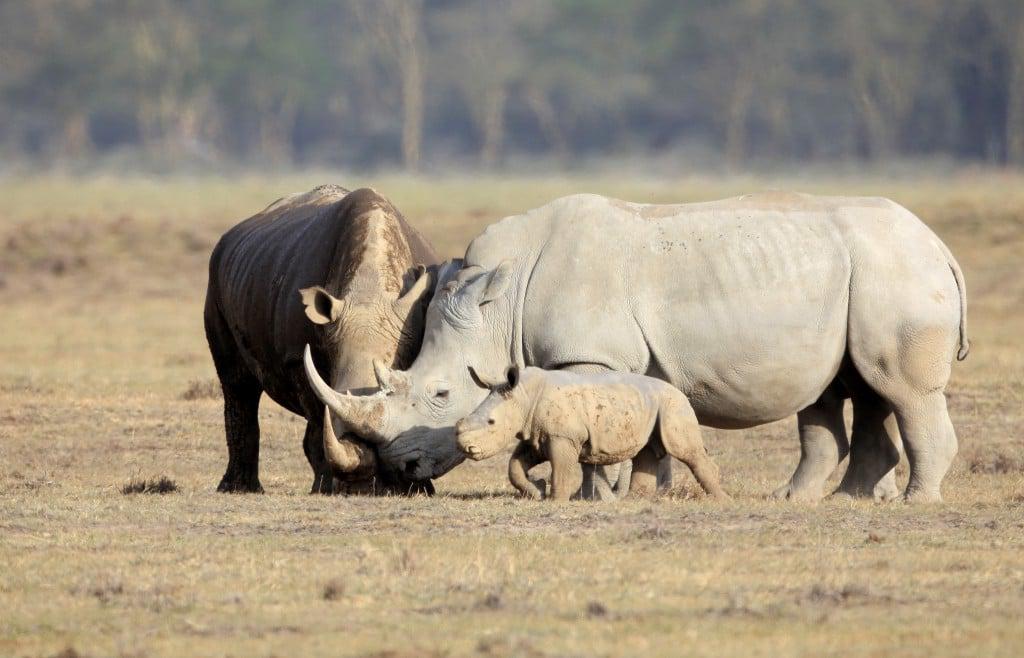
The reality is that currently ONE RHINO IS KILLED EVERY SEVEN HOURS.
I had to read that a few times for the fact to permeate.
But, notwithstanding my snivelling, I realise tears never helped much. Active intervention is required if the remaining rhino population are to be salvaged, stabilised and conserved, and mercifully there are proactive human beings out there who have established a number of admirable endeavours, to deal with the critical situation.
At the forefront of these ventures are two main players, Wilderness Safaris and Rhinos Without Borders (the latter a partnership between Great Plains Conservation Foundation and &Beyond).
The aim for both of these conservation groups is analogous; move rhino from areas of dense population in South Africa (where they attract poaching), to undisclosed reserve areas in Botswana (where poaching is currently virtually non existent).
The brief for Rhinos Without Borders is to relocate at least 100 rhinos from the highest poaching zones within South Africa, to Botswana, which happens to be the lowest poaching zone in the whole of Africa.
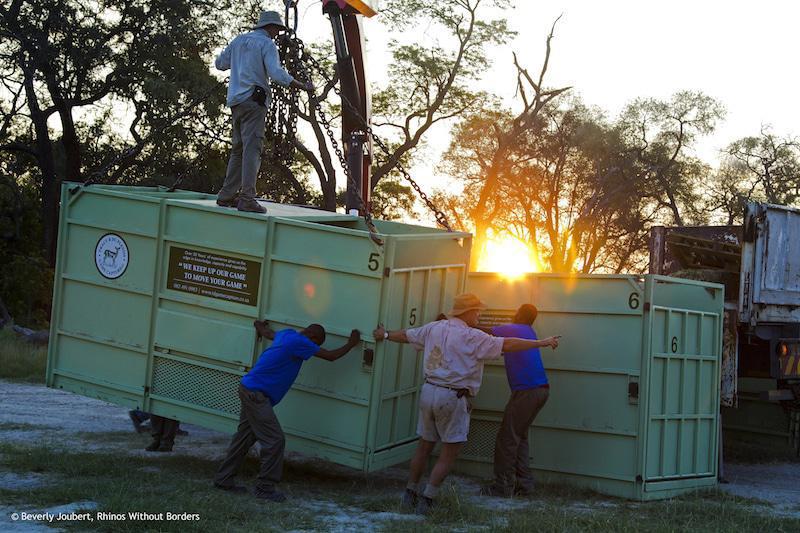
Together with conservationists and award-winning filmmakers, Dereck and Beverly Joubert, the Rhinos Without Borders project, is headed up by Les Carlisle from &Beyond.
In February 2015, the first ten rhinos of the intended 100 were successfully sourced, and have already to date been moved from South Africa to their new home.
In an understandably soldierly operation, a military aircraft, the Ilyushin 76, flew the animals to Maun, from where ten flat-bed trucks were used to drive them deep into the Okavango Delta.
Sixty soldiers, police and security teams, accompanied the transport team conveying the precious cargo.
Unwaveringly, Rhinos Without Borders are moving steadily towards being able to move the next group of animals to safety.
The other equally big player in the rhino relocation initiative is Wilderness Safaris.
As far back as 1999 Wilderness Safaris began it’s Botswana Rhino Reintroduction Project, of both white and black rhino.
Since Wilderness Safaris’ first reintroductions, also into the Okavango Delta, in 2001 and 2003 respectively, populations of both black and white species have grown.
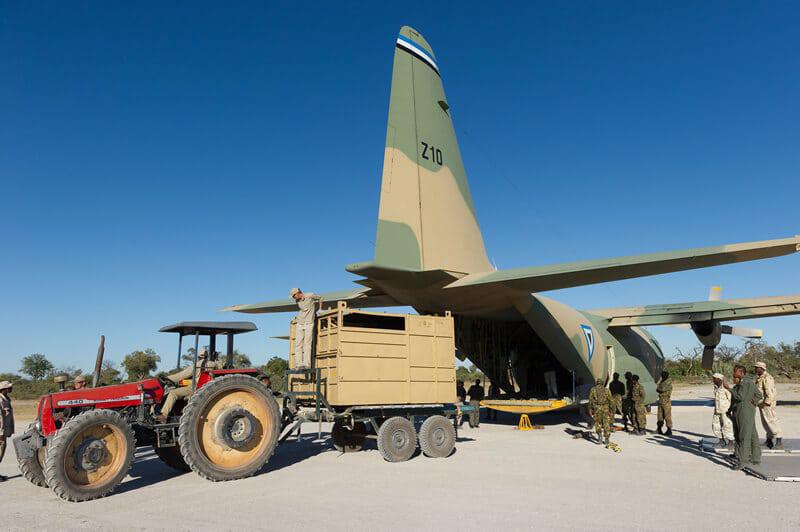
In 2014, in alliance with the Botswana Defence Force and Anti-Poaching Unit, Wilderness Safaris translocated several groups of black rhino from South Africa to Botswana. After this successful move, Wilderness Safaris immediately embarked on fund-raising for, and obtaining, further black rhino, with the aim of creating a viable breeding population.
In early 2015, under leadership of Kai Collins and top conservationist Map Ives, another group of black rhino was located and purchased in South Africa, and using the same methodology successfully utilised in 2014, moved to Botswana.
Following these translocations, valued at over R7 million, Wilderness Safaris, together with the Botswana Government, has moved nearly 1% of the continent’s remaining black rhino population to Botswana.
Completely coincidently, but simultaneously, in coalition with Malilangwe Trust and Wilderness Safaris, Botswana’s Minister of Environment, Wildlife and Tourism, Tshekedi Khama, instigated negotiations with his counterpart in Zimbabwe, Mr Saviour Kasukuwere, securing a group of eight black rhino for Botswana.
Zimbabwe has agreed to send a total of twenty black rhinos to Botswana as part of conservation efforts within the region.
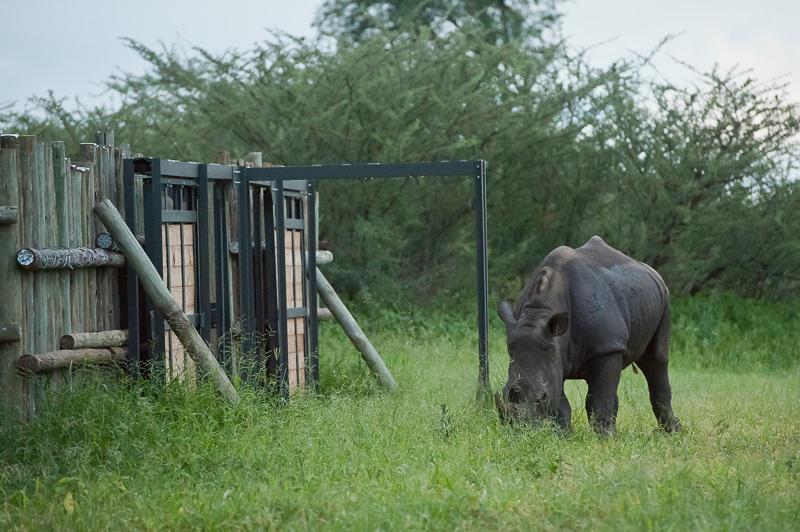
As is evident and truly laudable, the Botswana government fully supports the rhino-saving initiatives and has increased anti-poaching and security measures with the implementation of a dedicated ‘Rhino Squad’. The country has earnestly proven its credentials in providing a safe habitat for these critically endangered species, the success of which has already been measured in the number of calves born in the wild.
In the face of daily atrocity, these groups are doing exceedingly commendable and inspiring work. There is no doubt that there are battles being lost, but at conclusion of this article there were fewer tears on my part, a good fight is being fought and thanks to some genuinely remarkable partnerships and selfless initiatives between the private and public sector, governments and private individuals, there is real hope for the survival of this compelling animal.
